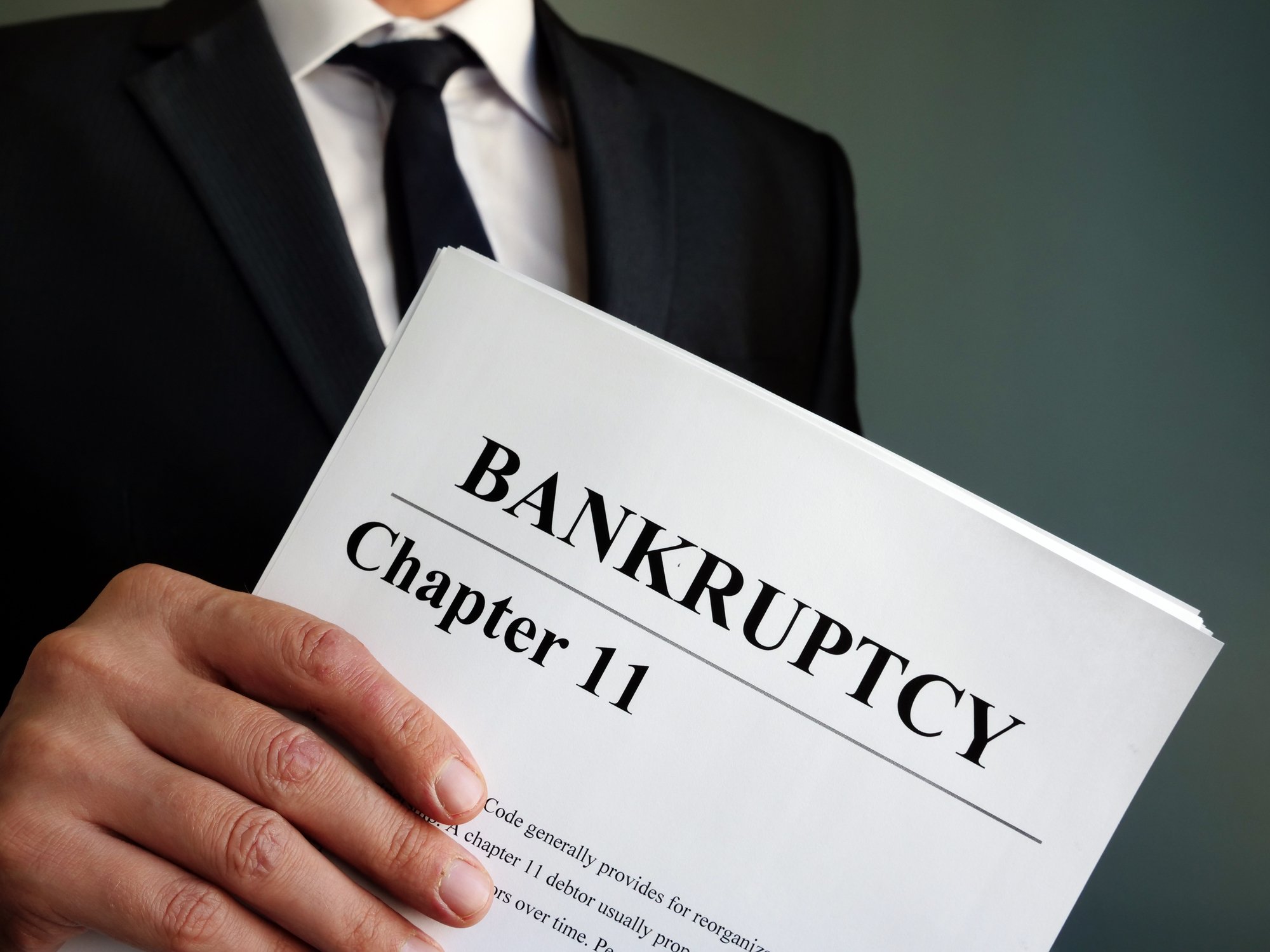Chesapeake Energy (CHK +0.00%), the nation's second-largest producer of natural gas, announced Monday that CEO Aubrey McClendon won't be receiving a bonus for the year just ended. The step is a drastic departure from the prior three years, in which Mr. McClendon took home a bonus of almost $2 million.
The move is part of a broader overhaul initiated by the company's reconstituted board of directors, which includes major amendments to Chesapeake's corporate governance and executive compensation. Other measures taken by the board include forbidding executives other than Mr. McClendon from using the company's jets for personal travel, as well as substantial cuts to executives' incentive compensation.
But will these measures be enough to offset the company's frighteningly high debt load and shore up its fiscal position in 2013? Let's take a closer look.
A barrage of accusations against Chesapeake
While the reconstituted board, implemented toward the middle of last year, was an important step in regaining shareholder trust, Chesapeake still has a way to go before shareholder faith can be more fully restored. A number of scandalous allegations against the company's management affected Chesapeake's share price in 2012, which fell nearly 30% over the course of the year.
First, there were allegations that McClendon arranged to borrow more than $1 billion from EIG Global Energy Partners, a firm that simultaneously had business arrangements with Chesapeake. Furthermore, these loans were part of a very unusual compensation plan, known as the Founders Well Participation Program, which allowed McClendon to purchase a 2.5% stake in every oil and gas well that Chesapeake drilled.
After these details surfaced, the company's board determined in May of 2012 that it would end the controversial well participation program a year and a half early, in June 2014. Both the U.S. Securities and Exchange Commission and the Internal Revenue Service are investigating the well program.
After Reuters published a story regarding these loans back in April of last year, McClendon lost his chairman title, though stayed on as the company's CEO. But that wasn't the end of it. Allegations soon arose that he had been managing a hedge fund on the side while simultaneously serving as Chesapeake's CEO and chairman.
The $200 million hedge fund, which he started with Chesapeake co-founder and SandRidge Energy (NYSE: SD) CEO Tom Ward, traded the same commodities that Chesapeake produced, including natural gas futures. According to Reuters, the fund, called the Heritage Management Company LLC, operated for at least four years, from 2004 to 2008.
That's not all. Chesapeake is also currently under scrutiny by the U.S. Department of Justice for controversial land deals in Michigan. Allegedly, the company colluded with rival Encana (ECA +1.61%), Canada's biggest gas producer, to hold down the prices of oil and gas acreage in the northern state. Encana has refrained from commenting on the accusation of collusion until the Justice Dpt. report is finalized.
No more staggered board
Chesapeake is also expected to put in place a new initiative, proposed by the company's shareholders, to change how its board of directors is elected. Specifically, it will be getting rid of its staggered board, in which the board is composed of different classes of directors. Hence, only a fraction of members are up for reelection when the time comes, usually on an annual basis. Beginning this year, the company aims to implement a process whereby all board members are elected on an annual basis.
Traditionally, staggered boards have made hostile takeovers more difficult because they require hostile bidders to wait at least a year until the next annual shareholder meeting in order to attempt to gain control of the company. In addition, hostile bidders have to win more than one seat on the board, which is tougher when elections for the seats occur at least one year apart.
While staggered boards do have their advantages, in Chesapeake's case I suspect that the termination of the staggered election process should create a more investor-friendly atmosphere and encourage the board to more doggedly protect the interests of shareholders – certainly a good thing for a company that has been dealt its fair share of shareholder outrage.
Will these changes be enough?
While these new developments certainly signal that the winds of change are afoot at Chesapeake, will they be enough for the company to forge a path toward a robust recovery? In my view, probably not unless they are also accompanied by other changes.
That's because the more important issue is the company's massive multibillion dollar funding gap. To combat its funding shortfall, which has been exacerbated by depressed natural gas prices, Chesapeake spent much of the year that just ended selling off its oil and gas assets in droves.
Most recently, Plains All American (PAA +0.74%) said it was buying Chesapeake assets in the Eagle Ford Shale for $125 million. Another master limited partnership, Access Midstream Partners (NYSE: ACMP), is also expected to purchase a large amount of Chesapeake's midstream assets, with the deal expected to generate proceeds of around $2.16 billion in cash.
All in all, Chesapeake likely ended the year with nearly $11 billion in proceeds from asset sales – a decent amount, though still short of the company's initial target by more than a couple of billion dollars. In total, the company has announced asset sales to the tune of $19 billion dollars in 2012 and 2013 as part of its efforts to shore up its funding gap.
There may be a light at the end of the tunnel, however. While Chesapeake's fiscal position still remains precarious, the company has made major strides in reducing its net debt, which nearly reached a daunting $16.5 billion as of mid-2012, by $6.5 billion over the past six months. This reduction in net debt helped the company reach its target of $9.5 billion in net debt by the end of last year.
In addition, the company's leverage and liquidity, while still a cause for concern, have improved noticeably over the past several months. Chesapeake currently has about $7 billion in liquidity, which should provide some degree of flexibility in combating its funding shortfall for 2013. The company's debt to equity ratio, which measures the degree of its financial leverage, and its current ratio, a gauge of its ability to repay short-term obligations, now stand at 93% and 0.56, respectively.
Going forward, this may prove to be a good year for Chesapeake. Recent developments regarding the company's executive compensation scheme and other corporate governance issues are indicative of a firm urgently seeking to restore shareholder faith. Recent improvements in its fiscal position also bode well. Now all Chesapeake needs is higher natural gas prices. Good luck figuring out when those will rise.








